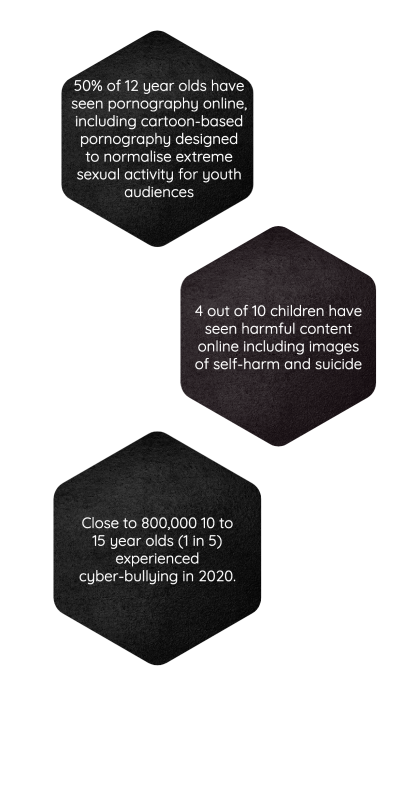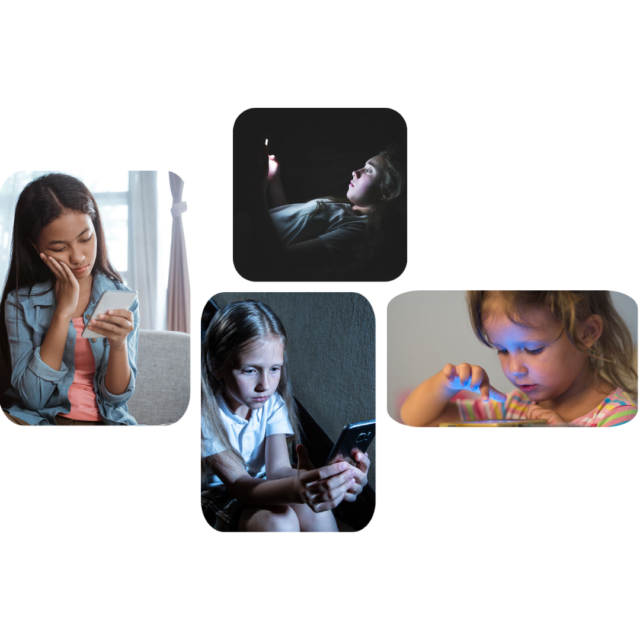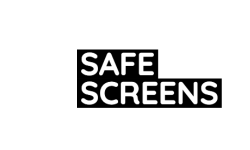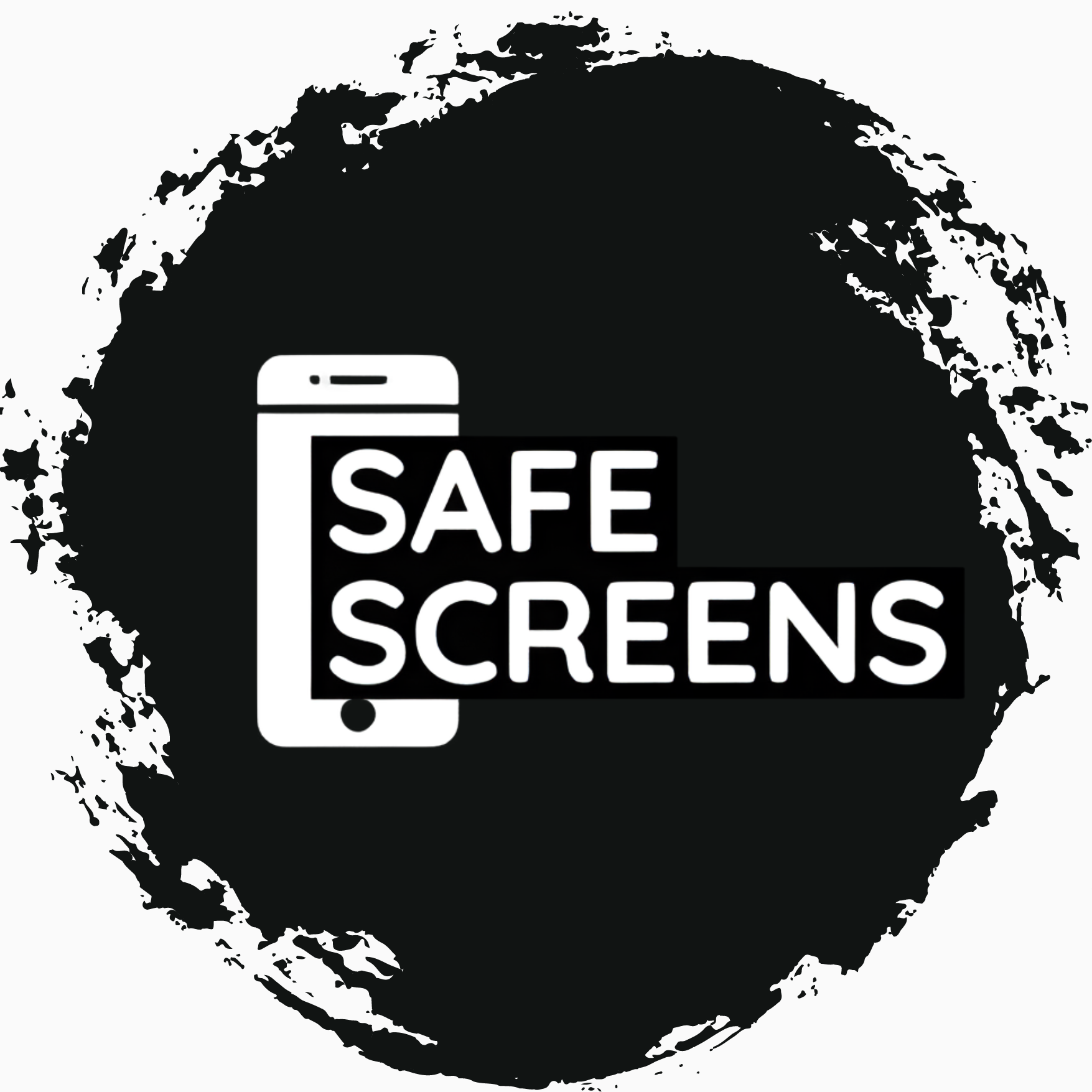Safescreens Campaign
#SAFESCREENSFORTEENS
Commonly asked questions
JOIN THE CAMPAIGN

What we care for
Licenced
Providers
Duis pellentesque tincidunt accumsan, in ut, consequat.
Telemedicine
Available
Pellentesque habitant morbi tristique senectus et netus.
Insurance
Partners
Sed in anteet urna auctor id, arcu in, dignissim magna.
Schedule
Visit
Nam magna justo, quam ut, consequat fringilla metus.


Our campaign
A growing body of evidence suggests that smartphones have become not just distracting but addictive, corrosive of mental health and pose potentially serious dangers for children, yet widespread use among children and teens has been normalised and seems only to be increasing.
Studies are now revealing that excessive smartphone use is associated with negative psychiatric, cognitive, emotional, developmental and neurological impacts in children and teenagers, and has been linked to a range of debilitating conditions from diabetes, to sleep disorders, to Tourettes.
Almost one quarter of teenage girls recently surveyed said they had self-harmed in the last year and the NHS is treating record numbers of young people for eating disorders. Post-pandemic, the rate of probable mental disorders in school-aged children stands at one in six, up from one in nine pre-pandemic.
Empirical evidence suggests that it will not always be obvious which children are most susceptible nor which will go on to develop serious mental or physical health problems. So no child is intrinsically safe.
Unsurprisingly, time spent outdoors, playing with friends, reading books and participating in sport has declined materially among children. Rates of childhood obesity have increased year on year and and are now at an all time high – according to NHS figures, over 25% of our 10 and 11 year olds are now obese.
We do not claim that smartphones are responsible for the totality of these issues, but we also cannot ignore the reality that rates of adolescent depression, loneliness, self-harm, mental health issues and suicide have risen sharply in the era that teenagers have routinely owned smartphones.
The portability of smartphones, constant connectivity and perpetual access to information, and design features intended to promote frequent and repetitive interaction have caused these devices to become addictive for hundreds of millions of users, many of them ever younger children – by the age of 10, 61% of the UK’s children now possess their own smartphones. On average, those children spend three hours and 20 minutes of each day on their devices.
Yet ranged against the safety and wellbeing of children are the financially-driven interests of many of the biggest corporations in the world: smartphone manufacturers and retailers, phone and data service providers, app developers, social media platforms, search engine operators, and advertising agencies.
The portability of smartphones, constant connectivity and perpetual access to information, and design features intended to promote frequent and repetitive interaction have caused these devices to become addictive for hundreds of millions of users, many of them ever younger children – by the age of 10, 61% of the UK’s children now possess their own smartphones. On average, those children spend three hours and 20 minutes of each day on their devices.
Yet ranged against the safety and wellbeing of children are the financially-driven interests of many of the biggest corporations in the world: smartphone manufacturers and retailers, phone and data service providers, app developers, social media platforms, search engine operators, and advertising agencies.
No need to go through it alone
Support Line 24/7
Online Schedule
Via smartphones and tablets, children are routinely exposed to an array of harmful content on a scale beyond anything they would encounter in the real world, and at ever younger ages.


We can offer you the most comprehensive programs and counseling services that are designed to support you and put you on a path to wellness.
Our Vision
50% of 12 year olds have seen pornography online, including cartoon-based pornography designed to normalise extreme sexual activity for youth audiences
Our Providers
Provide patient-centered with excellence in quality, service, and access a the best way to improve.

Parents are entitled to decide whether and how to limit or monitor smartphone use by their children, yet the reality for most parents is that those choices have become severely curtailed. Parents aspiring to limit or monitor smartphone use face a rising tide of pervasive child-targeted overt and covert marketing; the digitisation of play and social activities; and other pressures including social status signalling, peer pressure and related social exclusions, and the normalising of ever younger children owning a smartphone.
And, when schools themselves rely on smart devices for homework, schoolwork and parental engagement, it becomes almost impossible for parents to argue against smartphone use.
With such limited options for parents to protect their children from devices and content that can cause serious mental and physical harm, we believe as a society we can and must demand better for our children.
Meet Our Licensed Providers





